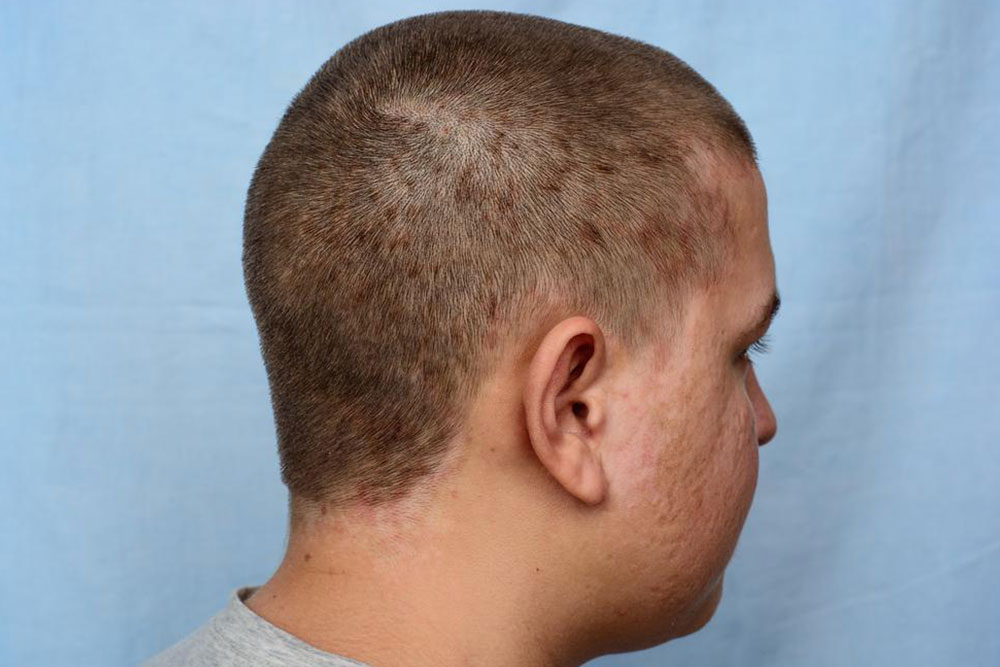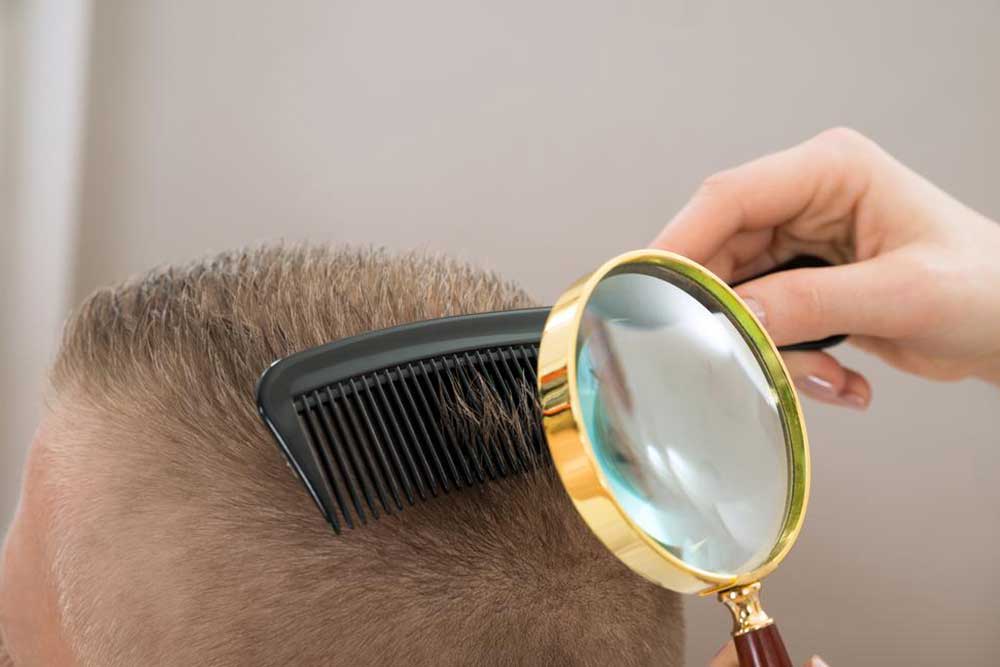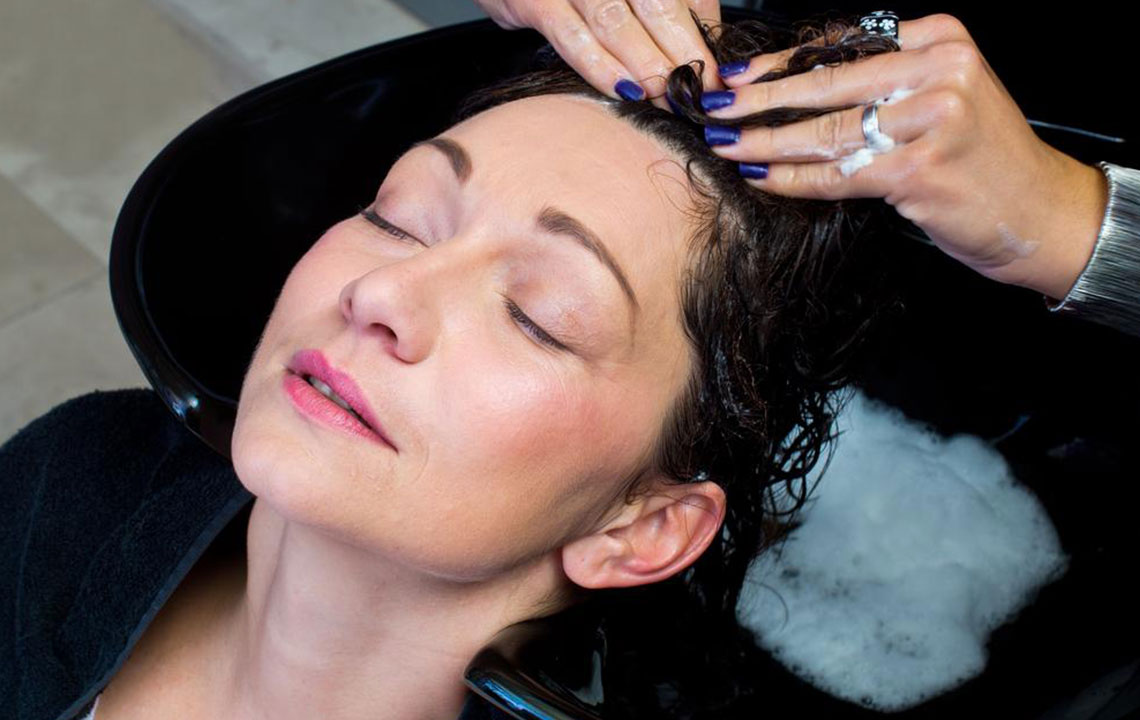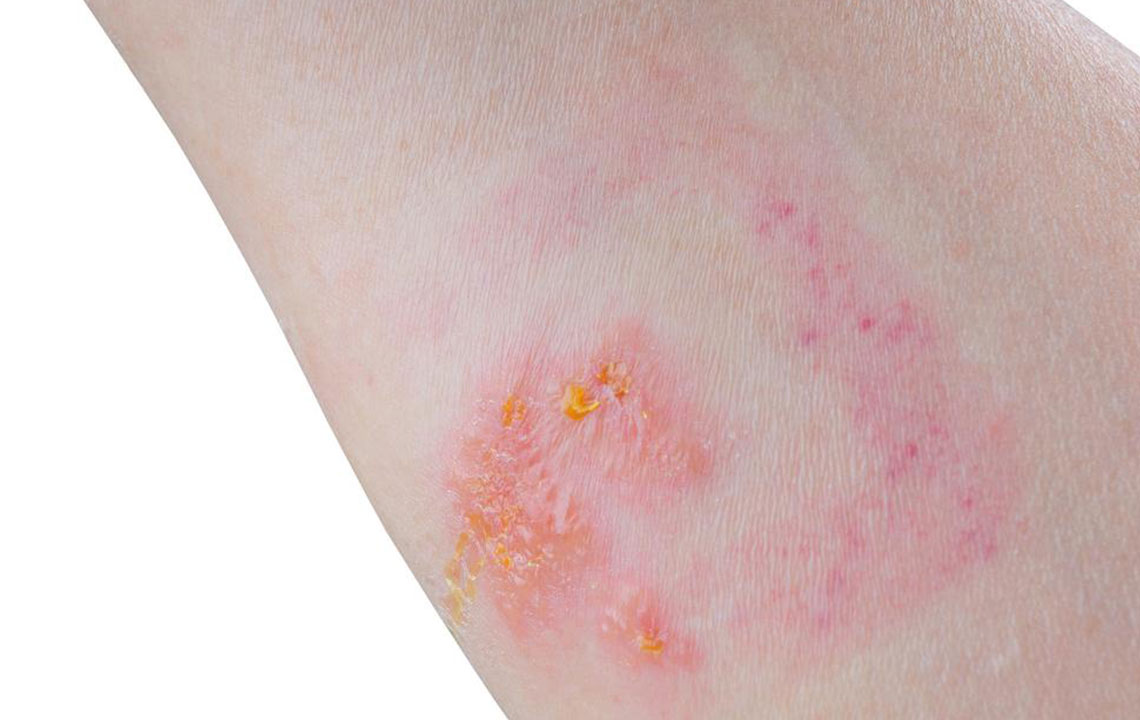Comprehensive Guide to Managing Scalp Seborrheic Dermatitis Effectively
Discover comprehensive strategies for managing seborrheic dermatitis on the scalp. Learn about symptoms, triggers, and effective treatments including dermatologist recommendations, over-the-counter shampoos, and lifestyle changes. Proper care and awareness can significantly reduce flare-ups and improve scalp health for lasting comfort.

Understanding and Effectively Managing Seborrheic Dermatitis on the Scalp
Seborrheic dermatitis is a prevalent skin condition that closely resembles eczema and is often mistaken for other dermatological issues. It primarily affects areas rich in oil glands, such as the scalp, face, chest, and back. This condition manifests through symptoms like persistent dryness, itching, and the appearance of greasy, yellowish or reddish patches. Despite its discomfort and cosmetic concerns, seborrheic dermatitis is not contagious, although it can significantly impact the quality of life if left unmanaged. An estimated six million individuals in the country grapple with this condition, highlighting its widespread nature.
Accurately diagnosing seborrheic dermatitis can sometimes be challenging because its symptoms often overlap with other skin disorders such as psoriasis, various types of eczema, and allergic dermatitis. To differentiate, a dermatologist may perform skin examination and review patient history. Understanding the triggers that exacerbate the condition is crucial for effective management. These triggers include environmental factors, stress, infections, certain medications, immune system disorders, fatigue, sleep disturbances, and exposure to prolonged periods of dryness or humidity. Recognizing these factors helps in creating individualized treatment plans that can prevent or reduce flare-ups.
High stress levels, depression, or emotional trauma
Infections that affect the skin
Certain medications that influence skin health
Immune system deficiencies or autoimmune issues
Fatigue and physical exhaustion
Sleep deprivation or disturbances
Exposure to dry or overly humid environments for extended periods
Those affected by seborrheic dermatitis often observe the development of greasy, yellowish, or reddish patches on skin zones with high oil secretion. Common locations include the face (especially around the nose and eyebrows), scalp, behind the ears, neck, upper chest, back, and collarbone area. The scalp is particularly vulnerable, necessitating diligent treatment to prevent discomfort and hair issues.
Effective Treatment Strategies for Seborrheic Dermatitis of the Scalp
Since the scalp is a frequent site of manifestation, employing targeted and consistent management techniques is vital to control symptoms and improve scalp health.
Implementing a comprehensive care routine involves both medical intervention and lifestyle adjustments:
Seek consultation from a qualified dermatologist for an accurate diagnosis and personalized treatment options, including prescription-strength shampoos, topical medications, or oral treatments if necessary.
Utilize over-the-counter dandruff shampoos containing active ingredients such as salicylic acid, coal tar, selenium sulfide, ketoconazole, or zinc pyrithione. Make sure to discuss with your healthcare provider before choosing specific products to avoid allergic reactions or adverse effects.
For infants experiencing scalp seborrheic dermatitis, opt for gentle baby shampoos with warm water. Always consult your pediatrician before applying medicated products on young children, ensuring safety and suitability.
Alongside medical treatments, maintaining proper scalp hygiene, following a balanced diet, and avoiding known triggers can significantly diminish flare-ups. Dietary adjustments may include reducing sugar and processed foods while increasing intake of omega-3 fatty acids, vitamins, and minerals that support skin health. Managing stress through meditation, exercise, or therapy, along with adequate sleep, can further reduce the likelihood of dermatitis episodes.
Understanding the autoimmune or infectious components underlying some cases enables healthcare providers to tailor interventions more effectively. Overall, a combination of medical care, lifestyle modifications, and environmental awareness offers the best chance for long-term management and improvement of seborrheic dermatitis symptoms.





